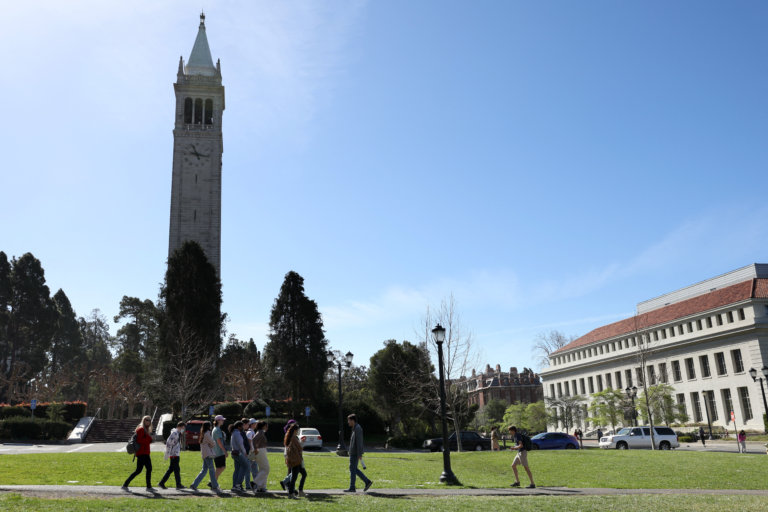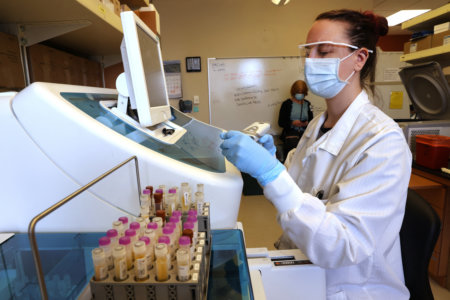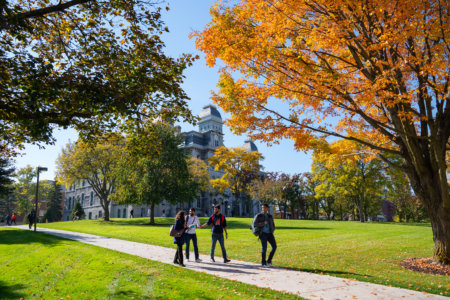
Science, technology, engineering and mathematics (STEM) fields are a popular area of study for international students in the US.
According to the “Prospective Students Survey” by Graduate Management Admission Council (GMAC), STEM-certified programmes in the US are becoming increasingly popular among international students.
Preference for STEM-certified programmes has increased from 39 to 49% between 2019 and 2021. The increases are similar between candidates preferring business master’s programme types (51% vs. 60%) and MBA programme types (33% vs. 45%), as well as between undergraduate STEM majors (45% vs. 56%) and nonSTEM majors (36% vs. 46%), it said.
The survey findings are based on 6,594 people from 156 countries who expressed interest in graduate business education in 2021.
Findings show that candidates from India showed the highest preference for STEM-certified programmes, reflecting 62% of those surveyed. Men showed a significantly higher interest in STEM fields at 63%and those who were undergrad STEM majors at 65%.
So, why are more international students showing an interest in STEM fields? There are several reasons, but the prospect of earning higher salaries is one of them.

According to the US Bureau of Labour Statistics, the STEM job sector is expected to see a projected growth of 10% in employment between 2020 to 2030. Source: Brendan Smialowski/AFP
Higher salaries for jobs in STEM fields
The US Bureau of Labour Statistics projects that demand for jobs pertaining to the STEM fields is expected to grow by 10.5% between 2020 and 2030, faster than the average for all occupations at 7.7%.
For context, the median annual wage for workers in the STEM fields averaged 95,420 US dollars in 2021 — more than double the median annual wage earned by workers in non-STEM fields at US$40,120.
Work opportunities in the US
There are many benefits for students who invest in a STEM-certified programme. For instance, through OPT, international students on an F-1 visa can work in the US for 12 months without being sponsored by an employer, but STEM graduates can apply for a 24-month extension to their OPT, making for a total of 36 months or three years.
This is a major draw for international students, as it takes the pressure off having to find a job straight out of graduation, and it’s proven to act as a bridge for international students to live in the US long-term. STEM graduates, for example, often stay in the US long after their university, with some even going as far as to obtain a green card.
View this post on Instagram
Demand from top companies
The H-1B is a highly coveted work visa for many international graduates in the US. It allows employers or companies in the US to hire international graduates with a specific speciality (or its equivalent) to work in the country.
It was previously reported that some of the companies that consistently sponsor the visa include Intel, Amazon, Google and Microsoft. International graduates do play an important role in filling in the talent gap.
Many MBA candidates still prefer traditional full-time MBA programmes
While there is a growing interest among international MBA graduates in the STEM fields, GMAC’s report shows that many candidates still favour the traditional full-time MBA programme.
A preference for a hybrid mode of learning was on the rise too, particularly for those who preferred executive, part-time and flexible MBA programmes. A total of 44% of poll respondents preferred the delivery of hybrid mode learning in 2021.
In terms of the preferred study destinations among international MBA graduates, the US drew many international student enrolments due to its academic reputation, whereas Western European universities drew students due to their cost and programme offerings.










